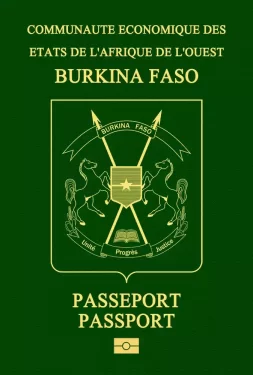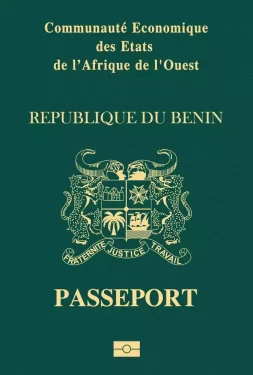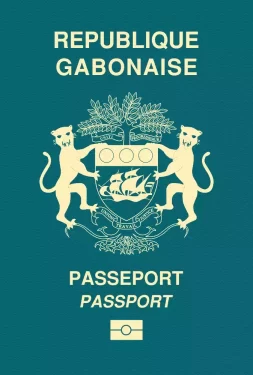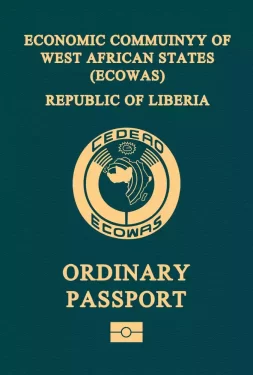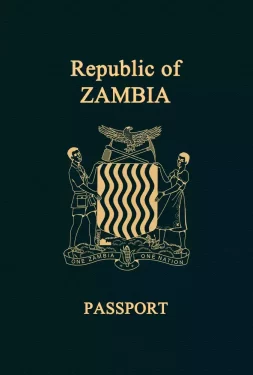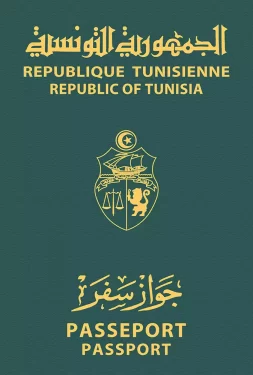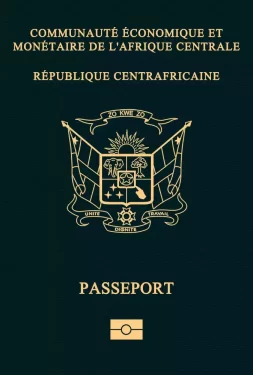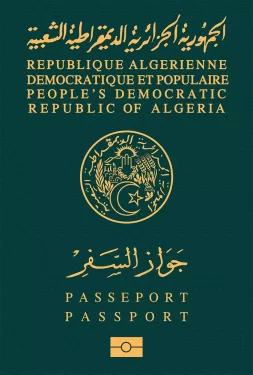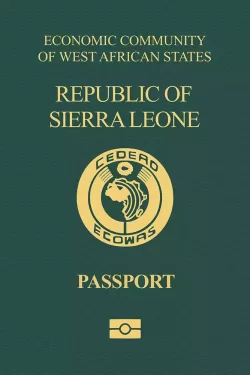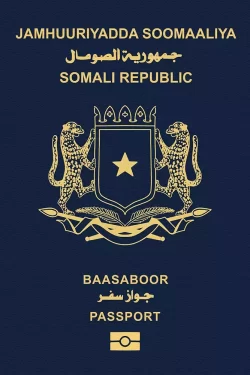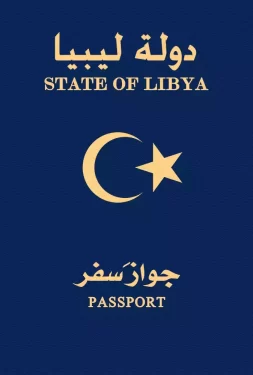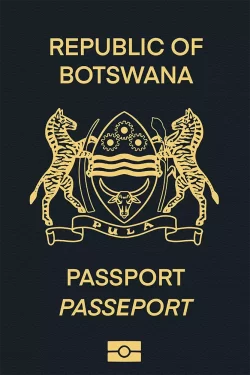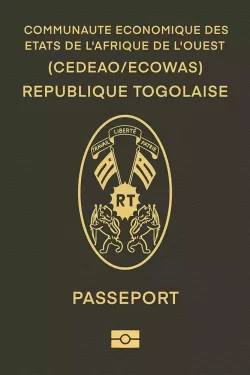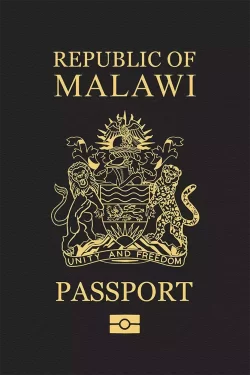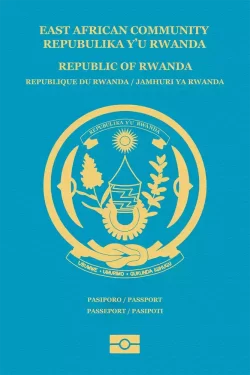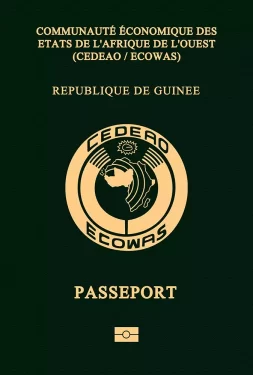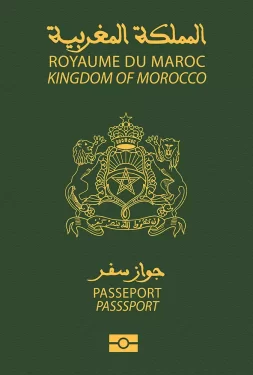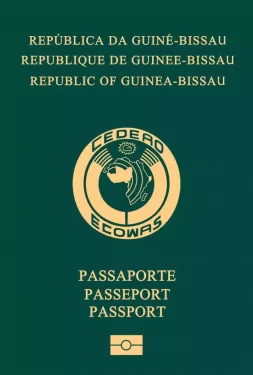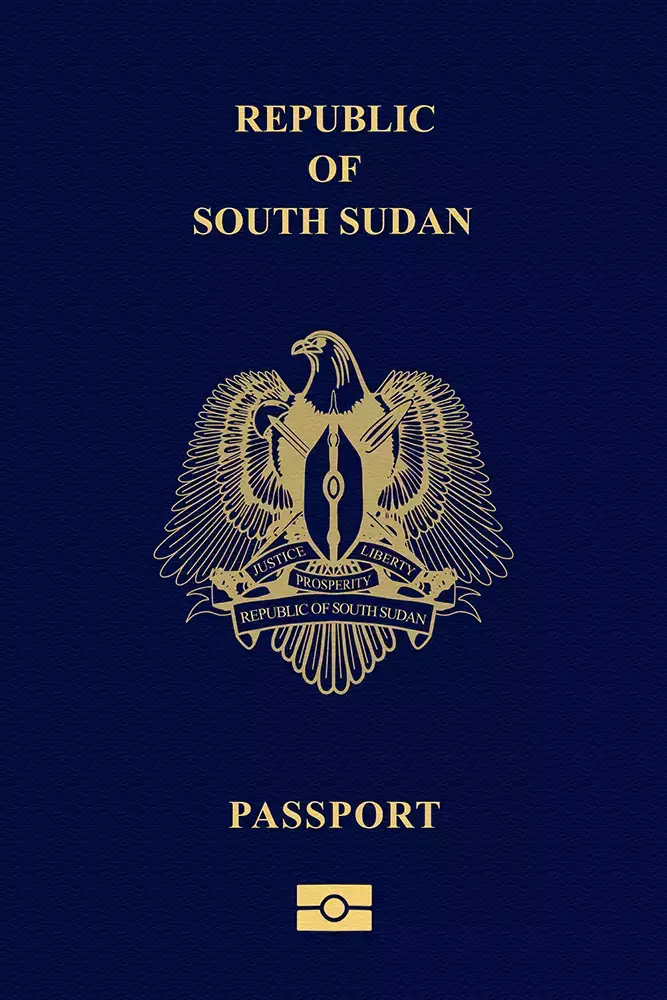

South Sudan
South Sudan passport ranking
The South Sudanese passport is currently ranked 95th place on the Guide Passport Index. It provides visa-free access to 44 destinations. South Sudanese passport holders have visa-free access and visas on arrival to countries such as Singapore, and Malaysia. South Sudanese citizens require a visa to enter 185 destinations in the world such as China, Russia, the United States and the entire European Union. This high visa requirement results in a very low mobility score.
South Sudan Passport Ranking
The South Sudan passport ranking relative to other global passports is calculated by adding up the number of countries that allow South Sudan passport holders to enter without a visa (i.e. visa-free countries) and those that allow South Sudan passport holders to enter by obtaining a visa on arrival (i.e. visa-on-arrival countries) or an electronic travel authorization (eTA). There are currently a total of 19 South Sudan passport visa-free countries, 24 South Sudan visa-on-arrival countries, and 1 eTA destinations.
Altogether, South Sudan passport holders can enter a total of 44 destinations—either without a visa, through a visa on arrival, or via an eTA. As a result, the South Sudan passport ranks 95 in the world.
Separate from these South Sudan visa-free countries and visa-on-arrival countries, there are 185 additional destinations which South Sudan passport holders either need a physical visa to enter or an eVisa (i.e. visa required countries).
About South Sudan
The Republic of South Sudan is a relatively new country founded in 2011. It is located in East-Central Africa, and consists of ten states. It borders Kenya, Uganda, the Democratic Republic of the Congo, the Central African Republic, Sudan and Ethiopia. The most important states are Jonglei, Central Equatoria and Warrap. The South Sudan is the 19th largest country in Africa with a surface area of 619,745 square kilometers. Its climate is hot with seasonal rainfall. Its terrain is characterized by large plains in the center and north, plateaus and a swampy land in the central region.
The overall population is over 12.131 million people. The capital of the country is Juba, which is also the largest city of the country with around 525,953 inhabitants. Other important cities are Winejok, Malakal and Wau. The largest airport is Juba International Airport (JUB). It connects the country to destinations across Africa and the Middle East.
South Soudan gained independence from Sudan in 2011. Its culture is dominated by a mix of traditions from multiple ethnic groups. The main religions of the are Animist, Christianity and Islam. The official language of the nation is English. The legal system is based on the civil law. The government form is a presidential republic. President Salva Kiir Mayardit is the elected chief of state and the head of government. Elections take place every 5 years.
The official currency is the South Sudanese pound (SSP) with the current exchange rate being SSD 55 to the USD. South Sudan has an open economy, generating a GDP of approximately $18.4 billion. This makes it the 28h largest economy in Africa. It has a per capita income of $1,420. The main GDP contributing sectors are services and agriculture. The key export products of the country are maize, rice, millet, wheat and sugarcane. The nation’s economy is very underdeveloped and struggling to recover after the war for independence and the ongoing civil war.
South Sudan is a developing tourism destination. It is known for its wildlife and nature. There are no UNESCO world heritage sites. The main tourist activities are animal watching and hiking. Some destinations are the Boma National Park, Wau, the Southern National Park, the Kidepo Game Reserve, the Bandingilo national park the capital Juba, and the Ez Zeraf Game Reserve. The number of yearly tourism visitors is not known but the government is aiming to attract more tourists in the future by starting infrastructure improvements.
